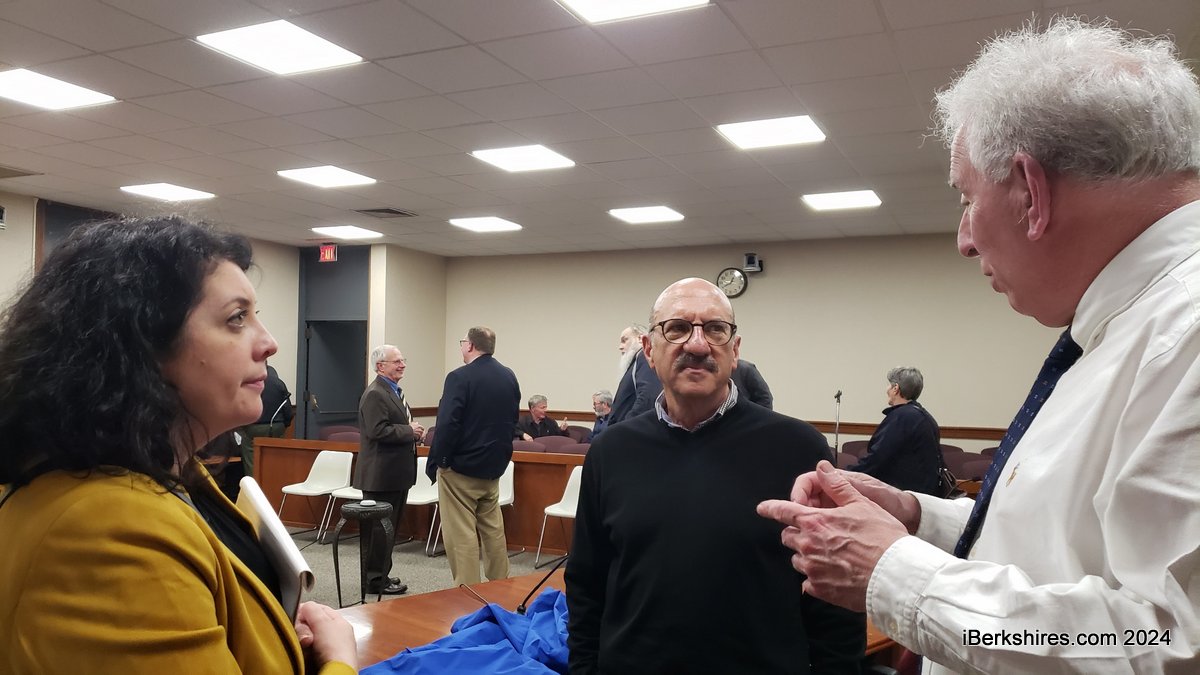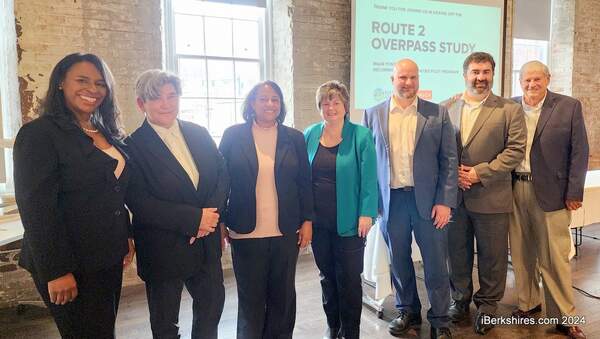
Saving for Education? Consider a 529 Plan
 |
Do you know about 529 savings plans? If not, you are not alone – although these plans have been around since 1996, many people are still unaware of them. And that's unfortunate, because a 529 plan can be a valuable tool for anyone who wants to help a child, grandchild, friend or other family member save for education expenses.
Here are some of the key benefits of a 529 plan:
* Potential tax advantages: A 529 plan's earnings are not subject to federal income taxes, as long as withdrawals are used for qualified elementary, secondary and higher education expenses of the designated beneficiary, such as your child or grandchild. (You will be subject to ordinary income taxes, plus a 10 percent federal penalty, on the earnings portion of withdrawals not used for qualified education expenses.)
* High contribution limits: Contribution limits are generally quite high for most states' 529 plans. However, you could possibly incur gift tax consequences if your contributions, plus any other gifts, to a particular beneficiary exceed $15,000 during a single year.
* Ability to switch beneficiaries: As the old song goes, "The future is not ours to see." You might name a particular child or grandchild as a beneficiary of a 529 savings plan, only to see him or her decide not to go to college after all. But as the owner of the plan, you generally may be able to switch beneficiaries whenever you like, right up to the point when they start taking withdrawals. (To make this switch non-taxable and penalty-free, you must designate a new beneficiary who is a member of the same family as the original beneficiary.)
* Freedom to invest in any state's plan: You can invest in the 529 plan offered by any state, regardless of where you live. But if you invest in your own state's plan, you might receive some type of state tax benefit, such as a deduction or credit. Additional benefits also may be available.
* Flexibility in changing investments: You can switch investment options in your 529 plan up to twice a year. Or, if you’d rather take a more hands-off approach, you could select an automatic age-based or target date option that starts out with a heavier emphasis on growth-oriented investments and shifts toward less risky, fixed-income vehicles as the beneficiary approaches school or college age.
While a 529 plan clearly offers some benefits, it also raises some issues about which you should be aware. For example, when colleges compute financial aid packages, they may count assets in a 529 plan as parental assets, assuming the parents are the plan owners. To clarify the impact of 529 plans on potential financial aid awards, you might want to consult with a college’s financial aid officer.
One final note: In previous years, 529 plans were limited to eligible colleges, universities and trade schools, but starting in 2018, you can also use up to $10,000 per year, per beneficiary, from a 529 plan to pay for tuition expenses at public, private or religious elementary and secondary schools. (Not all states recognize elementary and secondary school expenses as qualifying for 529 plan benefits, so consult your local tax advisor before investing.)
Education is a great investment in a child's future. And to make that education more affordable, you might want to make your own investment in a 529 plan.
This article was written by Edward Jones for use by your local Edward Jones financial advisor. Courtesy of Rob Adams, 71 Main Street, North Adams, MA 01247, 413-664-9253.. Edward Jones, its employees and financial advisors cannot provide tax or legal advice. You should consult your attorney or qualified tax advisor regarding your situation. For more information, see EdwardJones.com.
















